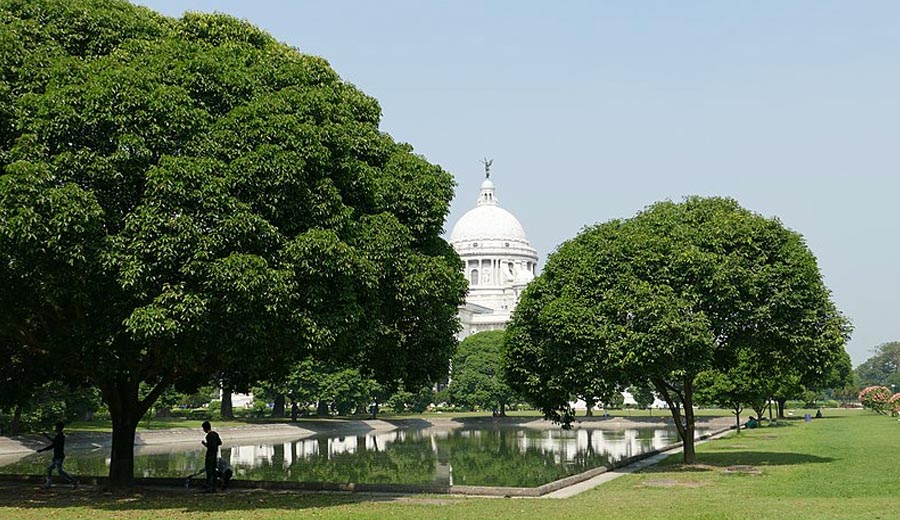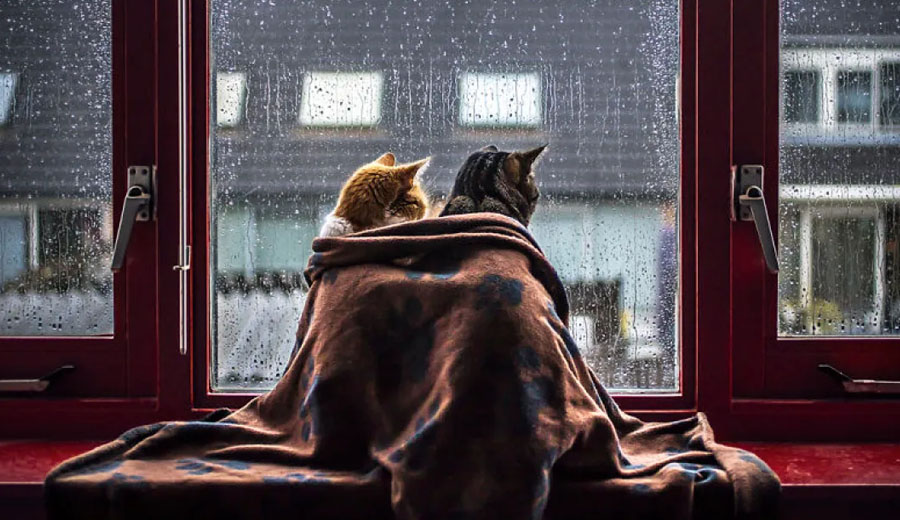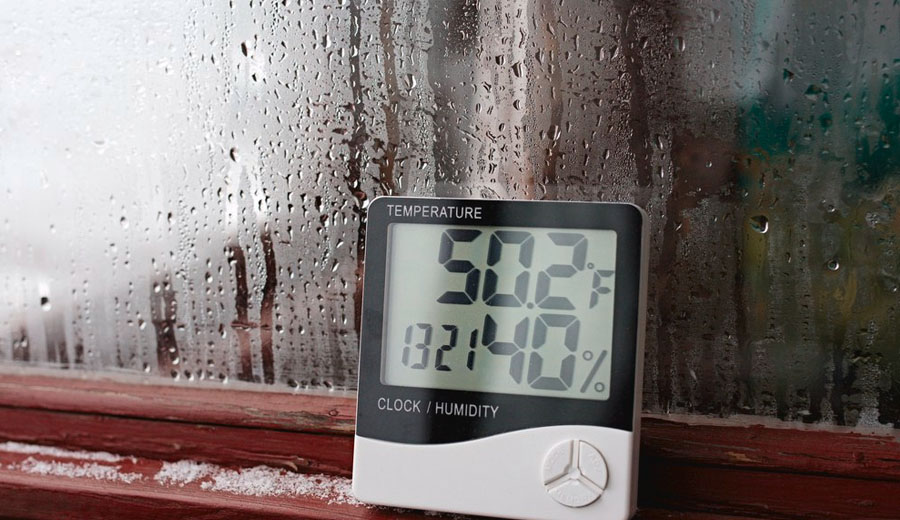Kolkata has one of the lowest percentage of road spaces among big cities in India. The situation is worsening gradually.
Traditionally, the road space in Kolkata has been a meagre 6-8%. In the last two decades, there has been hardly any addition to the city’s road space. Currently, Kolkata’s road space is a minuscule 4% of the city’s total area. This is much lower than other large Indian cities like Mumbai and New Delhi.
The total road length in Kolkata is about 1850 km. There are 432 cars per km in Kolkata and the number of cars crossed 8 lakh.
Kolkata is one of the highest car congested cities in India.
The situation is alarming.
From the traffic movement and environmental perspective, the situation needs urgent action.
Inadequate Parking Space
With the rise in the number of vehicles, Kolkata faces an acute crunch of parking spaces.
A large number of cars are parked on streets at any point in time, thus further reducing available road space.
According to a civic official, only residential neighbourhoods in Kolkata accommodate around 30,000 four-wheelers which are parked illegally.
To ease the problem, KMC offers an annual fee of Rs 6000/- against which you can park your car in a neighbourhood at night.
“During raids at night, we have noticed that a section of car owners who are residents of standalone apartments don’t have garages. The problem is acute for the residents of the standalone apartment or residential buildings which were constructed before the KMC made it compulsory for the builders to keep a mandatory space for garages in their building plans,” said a civic official.
Sources in the KMC car parking department said the civic body was particularly offering the facility to residents of the city’s prime residential neighbourhoods such as Kankurgachi, Phoolbagan, Beliaghata, Maniktala, Bhowanipore, Kidderpore, Monoharpukur Road, Lake View Road, Ballygunge, Jodhpur Park, Jadavpur, and Patuli among other areas.
The Problem of Old Cars
Many of the cars plying in Kolkata are very old.
Unless these old vehicles are phased out, it is very difficult to accommodate new cars on roads.
Moreover, these old cars are responsible for high vehicular pollution and consequent high AQI in Kolkata.
Apart from old cars, there are also a large population of old two-wheelers and auto-rickshaws in the city.
All of these make the air quality extremely poor in Kolkata.
Elevated Corridors Cannot Solve Paucity of Roadspace
As per the KMC sources, Kolkata has not added much to its road length in the last two decades.
Kolkata built a few elevated corridors/flyovers but they have reduced the space on the carriageway. Consequently, carriageways became far more congested.
Elevated corridors serve mainly the car population and not public transport like buses. So by building flyovers and elevated corridors, we are facilitating faster movement of cars at the cost of public transport below on the congested road space. Thus, we are actually encouraging cars and discouraging the bus system.
This is making the problem of traffic snarls worse, especially during the office hours.
Urgent Need to Widen Roads
It is expected that the car population will continue to increase in Kolkata at a robust pace.
Although the sharp increase in the number of car registrations in the city has somewhat moderated there is no scope to become complacent.
In 2022, Kolkata saw the registration of as many as 34,863 new vehicles in the city’s five RTOs.
The rise in demand for private vehicles started during the pandemic, out of fear of catching the virus. But the sharp fall in the number of public transport vehicles kept the momentum going. Only 12 buses were registered in 2022.
As it is not possible to control the growth of new cars in the city, the authorities have two major ways to reduce the number of vehicles per km.
There is already an action plan for scrapping the old vehicles.
The other step the authorities must take is to widen the city roads.
The new KMC policy proposal aims to exactly do that.
Donate Land, Get Extra FAR
If a landowner gifts a portion of his land to KMC he will get a higher FAR (Floor Area Ratio) in turn when applying for the construction of a new building on the remaining land.
The land owner will be eligible for more liberal construction vertically to utilize the additional FAR.
Once the road gets wider, the civic body’s building wings will allow extra FAR and do away with restrictions on the structure’s height. According to a civic official, the relaxations are being offered to donors of the land to ensure large vehicles, such as fire engines, can reach the neighbourhoods without hassles.
If the width of a road adjacent to a plot is 1.2m, KMC allows the plot owner to construct a G+1 building. If the road width is 2.4m, the plot owner gets the right to construct a G+2 building. If the road width is 3m or more but less than 3.5m, we allow to construct a G+3 building. Now, if a plot owner donates a portion of his/her land and the road becomes wider, he/she will be entitled to get extra FAR and more height.
Once the policy is implemented, small buildings will particularly benefit landowners who own relatively small plots of land.
It is an encouraging sign that the authorities are thinking out of the box and planning innovative solutions to the pressing problems of Kolkata.
Over time, Kolkata will solve many of its problems.





